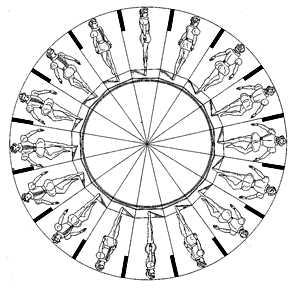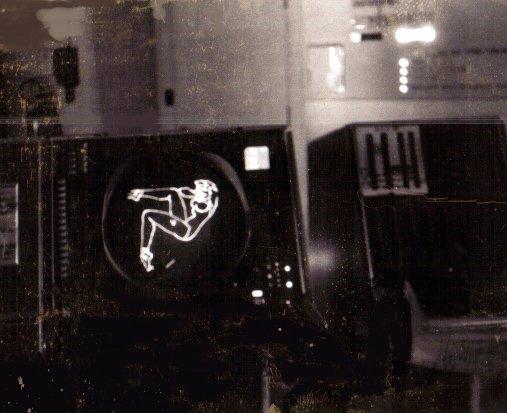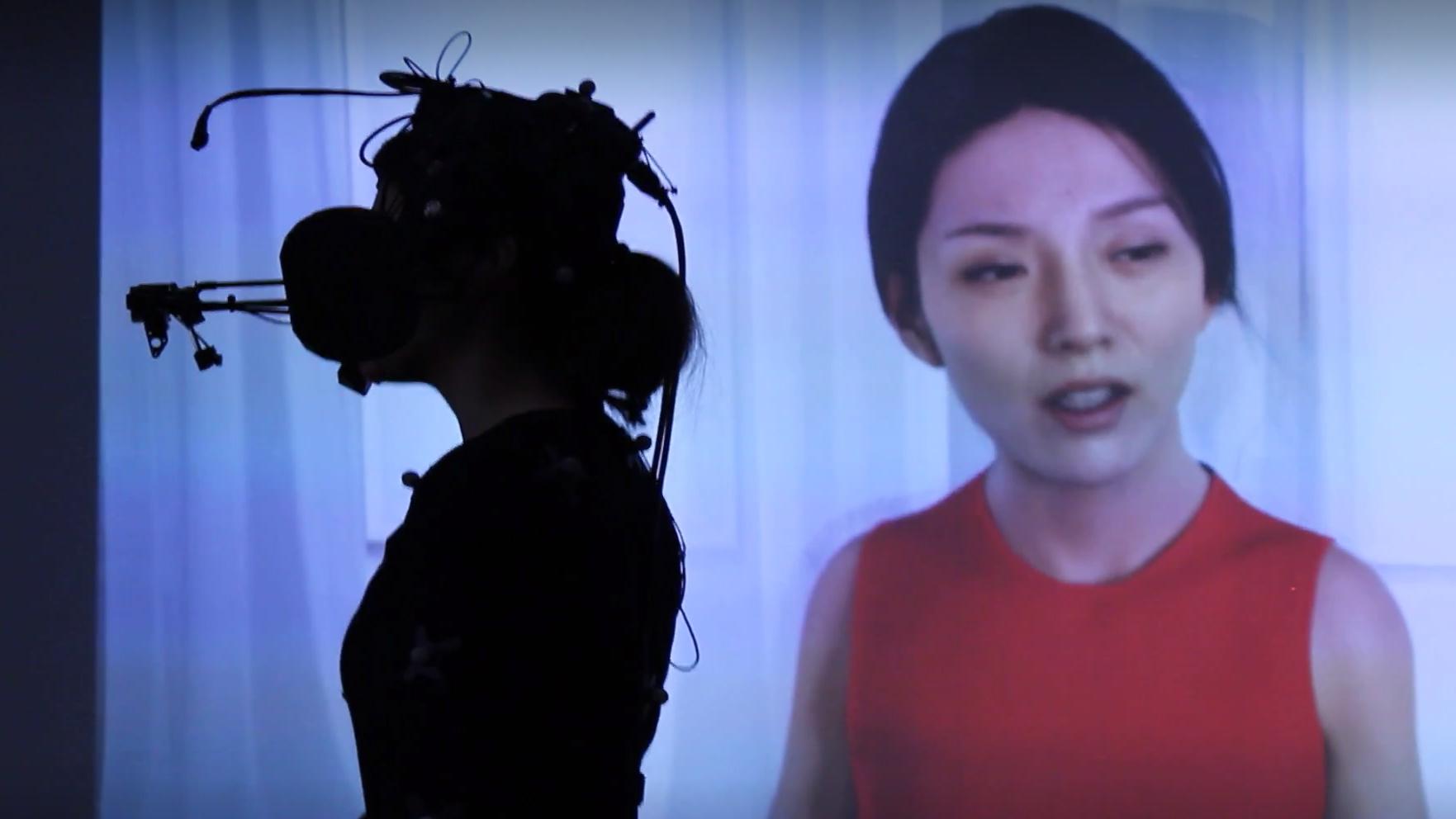 By Unknown author - Wikipédia nl, depuis Joseph Plateau, Corresp.Math.Phys. 1832, VII, p. 291, Public Domain
By Unknown author - Wikipédia nl, depuis Joseph Plateau, Corresp.Math.Phys. 1832, VII, p. 291, Public Domain
"...However, Joseph Plateau, the Belgian professor of experimental physics and astronomy at Ghent University, was working on optical illusions at the same time and completely independent of Faraday. In 1832, he thought of feeding the stroboscope with 16 drawings of a dancer, presenting her in successive phases of movement and ending once again in the initial position. On the outer edge of the disk and between the individual images there were 16 slits. When the spectator positioned the disk in front of a mirror, set it in motion, and continued looking through the same slit into the mirror, the dancer herself would proceed to perform endless pirouettes or circular movements." - Kittler, F. A. (2009). Optical Media. Polity Press.
Links
Joseph Platea, Phantasmascope: Un petit danseur faisant une pirouette (1833) / Joseph Platea, Fantascope (morphing animation disc) (1835)
Links
The Atlantic article"While no SAGE veterans contacted by the author remember seeing the pin-up girl at Kingston, they do remember seeing another risqué diagnostic program in use by IBM instructors around 1960. It featured the rough outline of topless hula dancer with a grass skirt. And it was interactive. (No photos of the hula girl are known to exist.) According to one account, upon proper manipulation of switches on the console, the hula girl's hips would sway back and forth in an arc, synchronized to music playing on the console's buzzer. If the operator pointed his light gun at her navel and pulled the trigger, her skirt would fall off and the screen would go blank."
Links
The Atlantic article